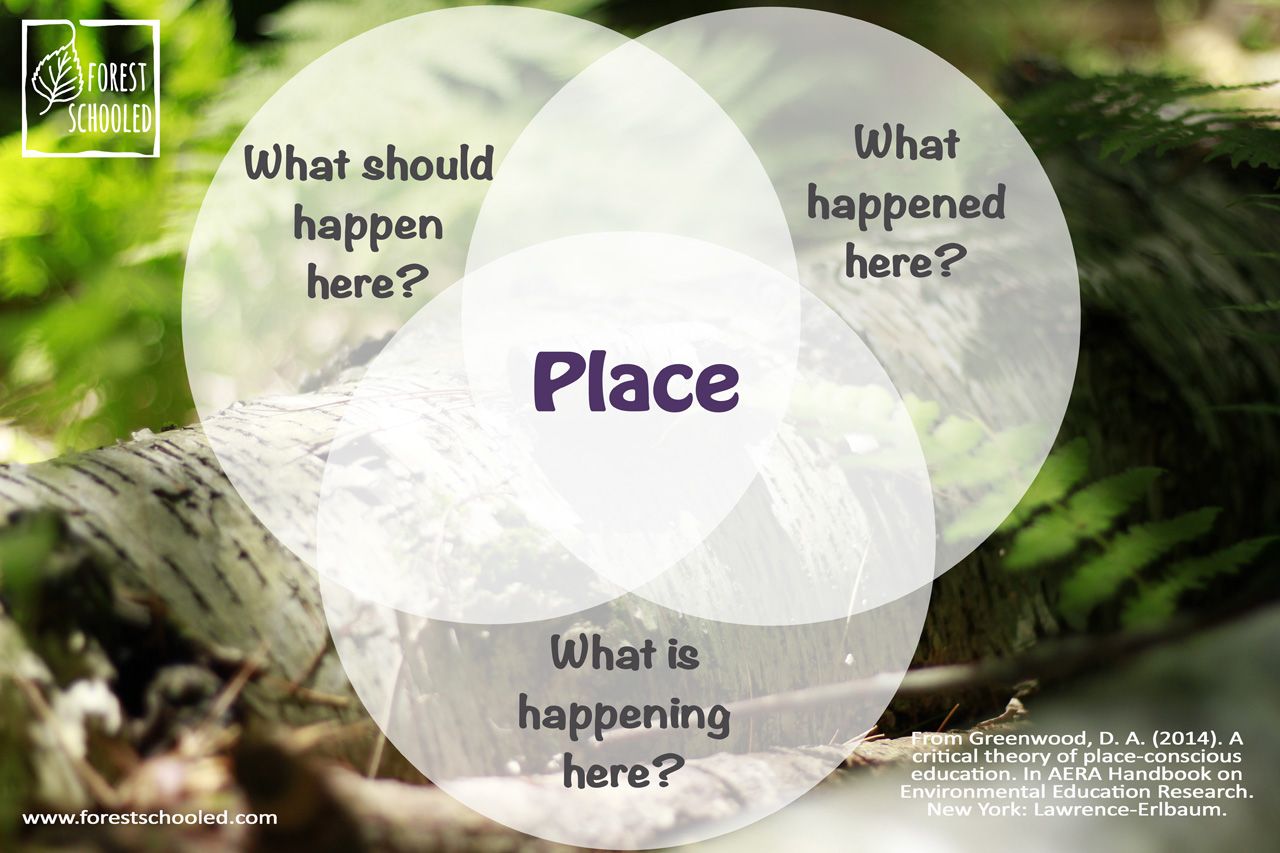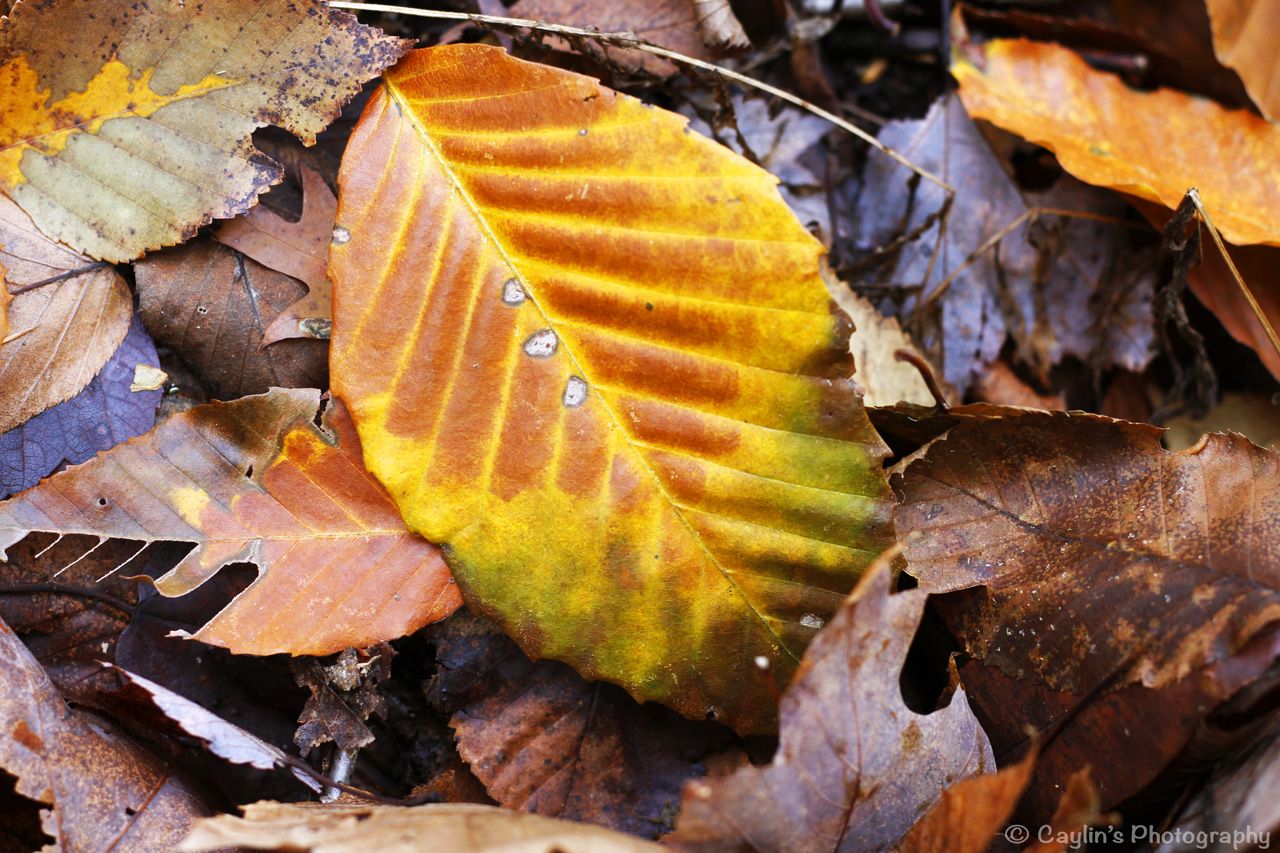
Blog
Stories from my personal journey learning about and delivering Nature-rooted programs across three different countries
Exploring what Place-based means in Forest School...
Caylin (Forest Schooled)

Empty space, drag to resize
The word "place" comes up a lot in this work, with Forest School being described as a means for learners to gain a "sense of place,” an opportunity for the time and space to "belong in a place," an educational philosophy that is "place-based.”
Such descriptions are essentially acknowledging Forest School as a way for learners to come to know, understand, and connect with where they live. This makes sense for an approach that takes "place" outdoors, on the land. You could argue that any program or time spent outside with the landscape and amongst the cultural and ecological communities that live in a place is place-based. But there is significance in going deeper than that...
There are stories entwined with place that may not be obvious or easily interpreted as we explore, play in, and learn from our direct experiences of a place in the here and now. There are histories of place that may have been forgotten, left out, or even forcibly erased. Histories that have shaped the place (and us) today. And it can bring more meaning to our understanding and connection with place by bringing them to light to acknowledge what once existed. In the same breath, what we are doing now will also impact the future of a place, the meaning we and others associate with it, and what becomes of that place.
Therefore, one could argue that place is not only based on the here and now, but the past as well as the future.
David A. Greenwood (2014) articulates this broader (and critical) understanding of "place" exceptionally well by encouraging us to ask the following questions when considering programs and approaches that emphasize connection to place:
What happened here?
What is happening here?
What should happen here?
Asking such questions takes a "play outdoors" approach further and requires us to be more intentional with how we come to understand and interact with a place.
This has become particularly apparent to me as I've been involved in the delivery of Forest School in a variety of different places, including different countries (UK, USA, and Canada), different outdoor spaces (school grounds, urban parks, planted woods, new growth forests, ancient woodlands, coniferous/deciduous/mixed forests, etc.), and different socio-cultural communities (extracurricular programs, home educated groups, public schools, urban, suburban, and rural communities - all with wonderful groups of people from a wide variety of backgrounds). I have therefore watched my own practice shift as I adapt to the particular circumstances and relevance to the people and places with which I work.
For example, when formerly delivering Forest School to urban children in a highly managed planted woodland in the UK, we utilized many tools (loppers, saws, billhooks) to engage with woodland management techniques (like coppicing) and created swords, bows and arrows, and other items that supported the imaginary play that was often inspired by video games the kids enjoyed playing at home. This is contrasted with a different program I currently deliver for rural children in a "wild" and unmanaged forest within their school grounds in New England where we rarely use tools and often engage in imaginary play based on tracking and hunting animals (including Big Foot), as many of the children's families partake in seasonal hunting (and legends of Big Foot sometimes surface around here!).
Not to mention that the two different climates play a major influencing role - sledding in the snow would have almost never been an option for us in the UK! And experiencing the bluebells in spring will never happen for us here in New England. And perhaps more subtly, yet no less important, I'm noticing how the histories and complex cultural values and norms associated with a place bring much significance to the delivery of Forest School. Particularly, the colonial history and subjugation of Indigenous people in North America has had and continues to have a major influence on people's relationships with land and with each other.
And so it's obvious to me that "place" has a direct impact on Forest School programs in what we experience, learn about, and how we play. But in being "place-based" I'm exploring how to go deeper and, in particular, how Greenwood's questions (What happened here? What is happening here? What should happen here?) can be integrated into Forest School...
How can I (we?) acknowledge the "historical, socioecological, and ethical dimensions of place relations" in a way that is also learner-centred, play-based, and inquiry-driven through regular and repeated experiences with the land (Greenwood, 2014, p. 97)?

I have so much to learn about this, but as a start these are some of things I'm working towards to deepen my own and my learner's understanding of and connection to place in Forest School.
Storytelling:
- Telling stories orally and reading books that include characters, species, elements, weather conditions, experiences, etc. that are connected to where we are, who was here, and who is here now ("who" includes the "more-than-human world")
- Inviting and making space for other members of the community to share their stories
Opportunities/invitations to support play:
- Books producedin or about the area (including identification/guide books and storybooks)
- Ecologically/culturally relevant materials sourced from things and/or made by people in the area for crafts and/or loose parts
- Games that incorporate place-relevant and culturally appropriate roles and guidelines
- Compasses and materials for mapping
- Tools to help us get closer to what else lives here (binoculars, magnifying glasses, bug pots)
Visitors:
- Inviting a variety of representatives from the community to engage with the program (including Indigenous Elders)
- Inviting learner's families to visit the program to build connections between our Forest School place and home/family-life
Foraging:
- Learning what else lives here that's beneficial and safe for us to eat/drink, how to source it sustainably in a way that benefits it in return, and then cooking recipes with foraged ingredients
Discussion and dialogue
- Engaging learners with asking questions about our interactions with and the future of the place:
- What should/shouldn't we build and/or create here?
- What should/shouldn't we leave behind here?
- What should/shouldn't we remove from here?
Modeling:
- Maintaining awareness of my own behavior and interactions with place, particular with the "more-than-human" aspects.
- Asking myself, how am I interacting with the plants, trees, animals, rocks, sticks, and other elements that live here? What example am I setting for my learners?
These are just a handful of things I came up with inspired by Greenwood's thoughts and questions about place and I know there is so much more. It has been such a useful framework for me in working towards understanding what it can look like to be "place-based" in a way that acknowledges multiple layers of meaning, aims to be sensitive to the past, present, and future of place, whilst also promoting an approach that is learner-centred, play-based, and inquiry-driven through regular and repeated experiences with the land.
If you're interested in learning more about Greenwood's theory of place-conscious education, I'm including some further quotes and reflective questions below. And please, let me know what your thoughts are about place and how you engage with "place-making" at Forest School!

What happened here?
To learn about the history of a place, Greenwood invites us to ask, "Who were its original inhabitants, both human and other-than-human? What are the indigenous people's stories of the place? What were - and what are - the indigenous place-relationships, and how did these relationships, and the place itself, change or persist over time" (p. 97). Greenwood also acknowledges cultures, in addition to Indigenous, that "have alternative histories worth remembering and recovering" and invites us to reflect on "the multicultural traditions that shaped places" and how they inform our continued relationship with place "now and in the long run" (p. 98). This is particularly relevant in a North American context (and other contexts that have experienced/are experiencing colonization) and it is also an uncomfortable, contentious, difficult and necessary thing to grapple with.
Some questions to ask:
- What do I "know" about this place? What stories do I tell about this place?
- What do I not know about this place? What stories do I not tell about this place?
- What are other perspectives that are different than mine? Perhaps even conflict with mine? How can I make room for them?
- How can I and my learners find out more in a respectful and culturally appropriate way?
- How can I build honest, authentic, and reciprocal relationships with Indigenous communities in my area?
What is happening here?
Greenwood states, "place conscious learning depends on direct, phenomenological experience with places, the idea being that we don't just learn about places, but that we learn from them first hand. A theory of place that is concerned with the quality of human-world relationships must first acknowledge that places themselves have something to say. Human beings, in other words, must learn to listen (and otherwise perceive)" (p. 98)
Greenwood also describes cultural perspective, with a view that places are "cultural products" and are thus "perceived very differently by different cultural groups who hold different ways of being and knowing. Coming to know a place, therefore, means learning the diverse and competing stories told about it. A critical pedagogy of place is concerned not just with the dominant story, but with all the stories at risk of being silenced or erased, including the voice of the land itself" (p. 98)
Some questions to ask:
- Who is here now? What does this place mean to them (including the "more-than-human" world)
- How do others come to know this place?
- How does my presence acknowledge, interfere with, negate, or enhance the experiences of others?
- How can I learn from this place?
What should happen here?
Greenwood emphasizes that, "the ethics implied in the question - What should happen here? - will obviously be shaped by one's experience with a place, by one's assumptions about its value, and one's understanding of the competing claims to its significance and possibilities" and poses "several additional questions [to] help to focus place-conscious inquiry and action" that apply both culturally and ecologically (p.99):
- What needs to be remembered?
- What needs to be recovered or restored?
- What needs to be conserved or maintained?
- What needs to be changed or transformed?
- What needs to be created?
References:
Greenwood, D. A. (2014). A critical theory of place-conscious education. In AERA Handbook on Environmental Education Research. New York: Lawrence-Erlbaum.
More Posts
WANT TO GET FOREST SCHOOLED TOO?
Subscribe to my email letters, something special from me to you so we can learn together. Each one is filled with heart-felt stories from the forest, resources you may find useful, and things that hopefully bring a smile too.
Thank you!
© by FOREST SCHOOLED
